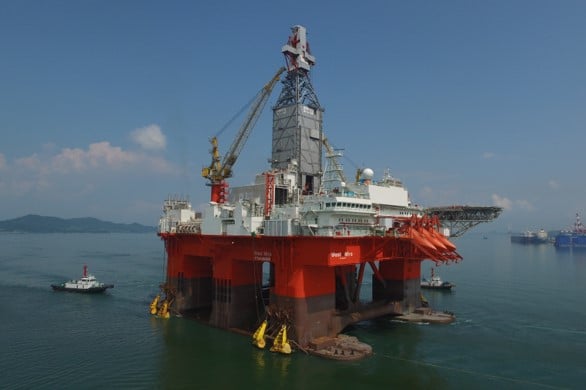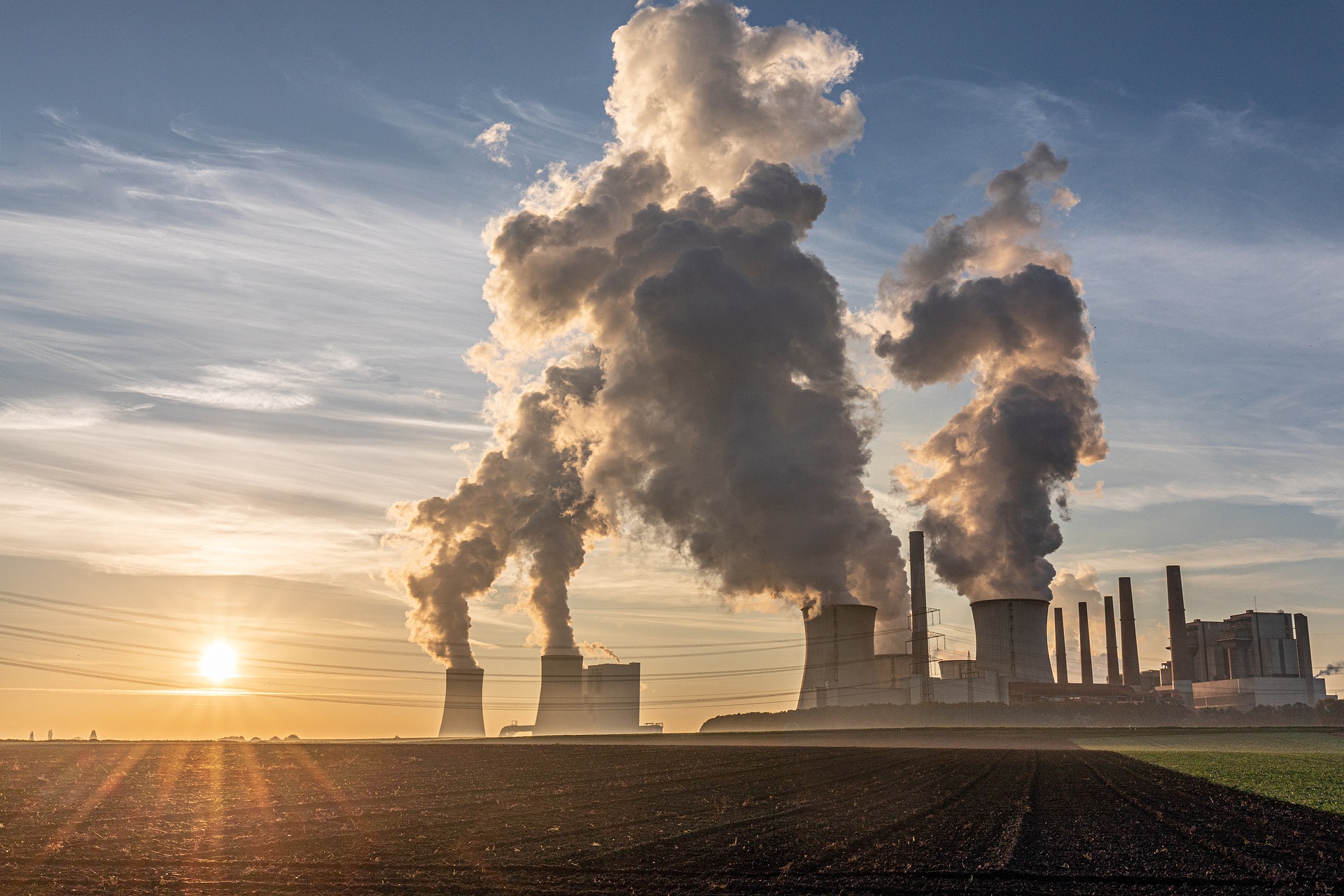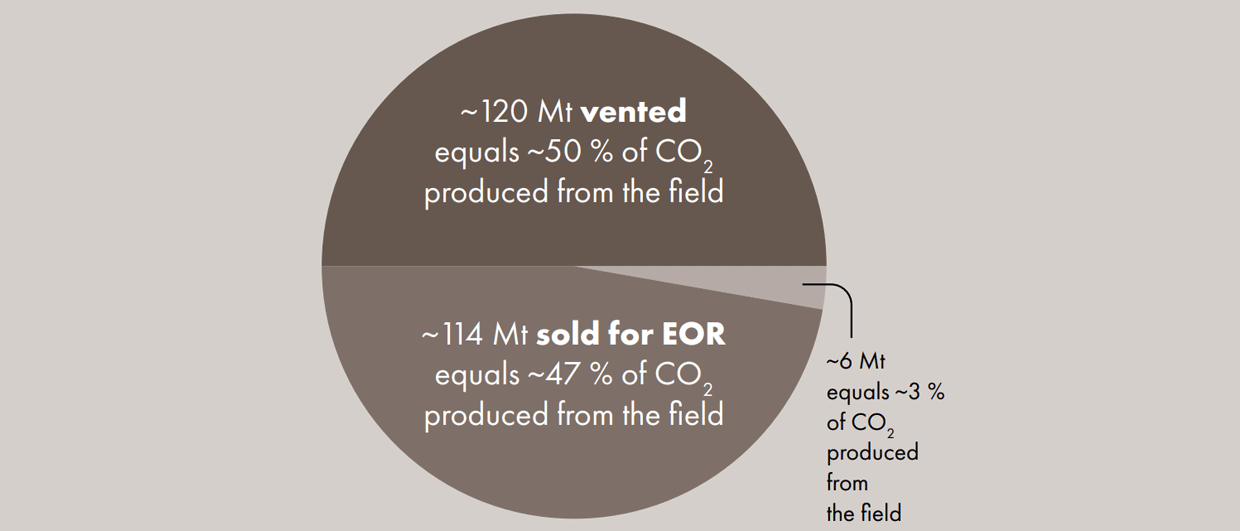New platform successfully installed in Dutch offshore
Last week, Heerema’s heavy lift vessel Sleipnir successfully installed a new minimum facilities platform for Dana, P11-Unity, close to the existing De Ruyter field (see map below). This platform will be used to produce gas from two small fields, Van Ghent East and Witte de With in the P11 offshore block. In contrast to most Permian gas fields in the Dutch offshore, the Unity fields will both produce gas from Triassic reservoirs. The Witte de With field was discovered by well P11-09 in 2013 and Van Ghent East was drilled by P11-07 in 2011. Gas from both fields will be transported through Dana’s De Ruyter platform just southwest of Witte de With.

Drilling for shale in Switzerland
An extensive drilling programme is currently underway in Switzerland in the search for one or two sites to geologically store nuclear waste. The Middle Jurassic Opalinus Clay in the northern part of the country is the main target of the investigation and long sections of core are being acquired from this ~110 m thick interval. The name “Opalinus” comes from the ammonite “Leioceras opalinum” that is often found as fossils in the clay. There is a series of interesting blogs available through the Nagra (National Cooperative for the Disposal of Radioactive Waste) website with more information on the drilling process and with background to the projects.
Six wells drilled on Nova
Wintershall Dea has started drilling the first of six wells on the Nova field in the Norwegian North Sea. The drilling rig West Mira will remain on the Nova field for around 400 days. It will drill three production wells through one subsea template and three water injection wells through another subsea template. Estimated recoverable reserves in Nova are 78.6 mmboe, with the main reservoir being Upper Jurassic Intra-Heather sandstones. During his talk on the Tethys prospect at the recent NCS Exploration Conference, Arnt Ove Bech from Spirit Energy nicely showed that the Nova reservoirs were subject to Early Cretaceous (?) erosion that left the Heather sands cut by a series of erosional valleys, which probably causes the field to be segmented into three parts. Tethys was hoped to be a Nova-equivalent, which it turned out not to be.
New partnership to develop offshore CO2 transport and storage in the UK North Sea
This week BP, ENI, Equinor, National Grid, Shell and Total confirmed that they have formed a new partnership, the Northern Endurance Partnership (NEP), to develop offshore carbon dioxide (CO2) transport and storage infrastructure in the UK North Sea, with BP as operator. This infrastructure will serve the proposed Net Zero Teesside (NZT) and Zero Carbon Humber (ZCH) projects that aim to establish decarbonised industrial clusters in Teesside and Humberside. The Endurance offshore storage site is a Triassic aquifer that was drilled in 2013 by the only well across the UKCS well that was ever drilled to test the geology for CO2 storage potential, as this article further explains.

A diver’s perspective on the North Sea
As a consequence of the animation I recently made about activities on the Belgian Continental Shelf, this week I had an interesting conversation with a diver who frequently visits the North Sea sea bed. He told me that they always visit ship wrecks. Why? Because these are the places where marine life thrives, as shown in this video. He also explained that not only divers are focused on wrecks, both amateur and commercial fishing tend to cluster around wrecks for the same reason as mentioned above. This is an interesting observation in the light of the discussion around leaving oil and gas infrastructure in place or not. As far as marine life is concerned, it seems obvious what their preference is.
More information on Fenja
In the light of the unexpected results of the Bue appraisal well concluded on the Fenja field, Domenico Chiarella from Royal Holloway kindly recommended a paper that was just accepted for publication in Special Publication 495 of the Geological Society. Authored by people from Neptune Energy and other specialists, the paper presents a detailed depositional and structural reconstruction that puts the wells into a much more detailed perspective than I so far was able to do with just the information from the wells at hand. So, if you’d like to have a more detailed understanding on Fenja, this paper is the place to go.






